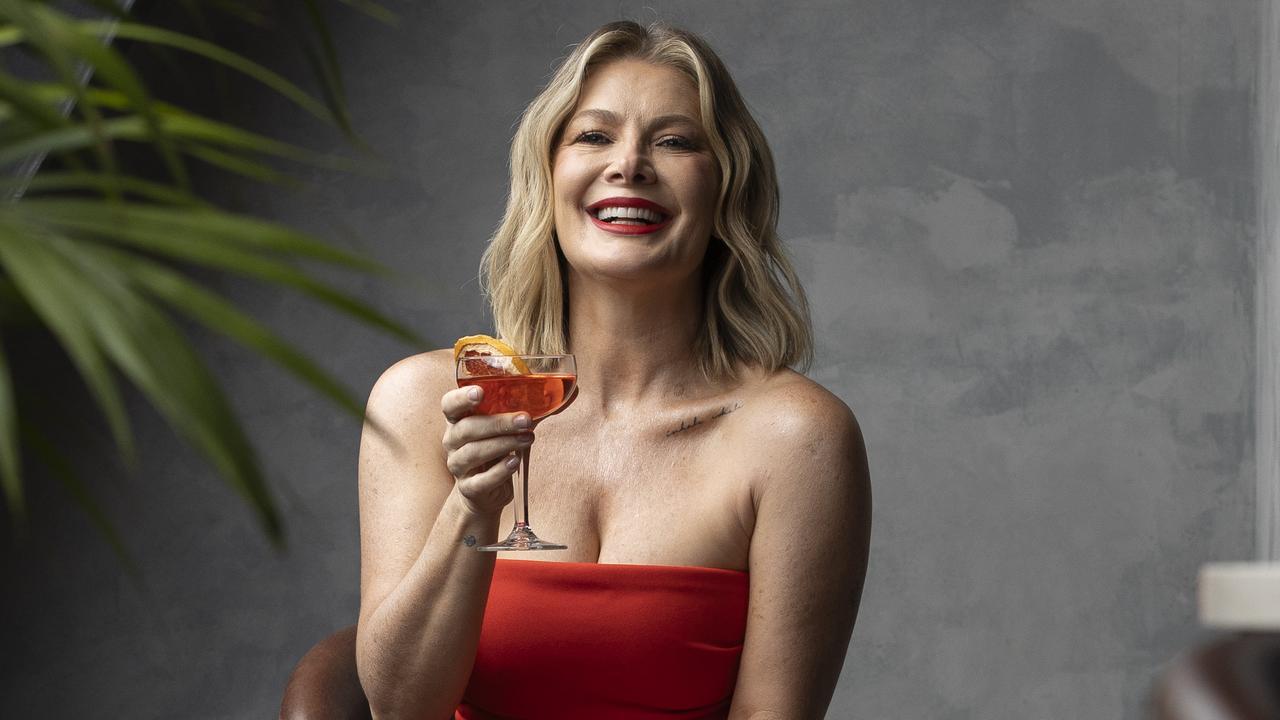Why it was so important to redefine Lee Miller ‘for who she truly was on her terms’
Star Kate Winslet has opened up about her hardna dfast rule when it comes to nudity, saying she is “ruthless” about it.
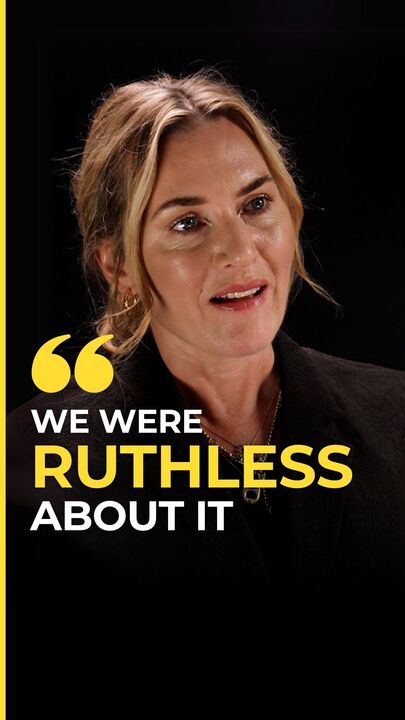
Confidential
Don't miss out on the headlines from Confidential. Followed categories will be added to My News.
Kate Winslet was “ruthless” when it came to showing nudity in her latest big screen offering.
Portraying real-life iconic American war correspondent Lee Miller in Lee saw the Hollywood great appear naked on camera but not in any way in a gratuitous sense.
“I like the fact that you talk about it not being gratuitous because we only ever show Lee naked on her terms, we never ever sexualise her,” Winslet says, sitting down with Insider in Sydney this week.
“It was very important that we didn’t do that and we were ruthless about it as well.”
Miller was a trailblazer and visionary of her time, first rising to fame as a model before venturing behind the lens to work for numerous top publications, including British Vogue. During World War II, she endeavoured to contribute in the same way as her male counterparts and enlisted as a photographer and photojournalist to make her way to the frontline. First she went to France, then on to Germany as the Nazi concentration camps were beginning to open. Miller’s extraordinary photographs are considered some of the most indelible of that time.
While usually taking images herself, she appeared in a number of historically significant photographs.
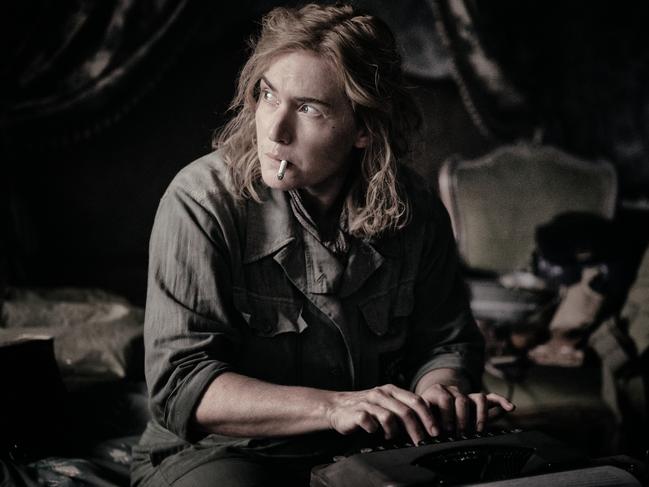

One image of Miller sitting naked in the bath in Adolf Hitler’s Munich apartment became a powerful visual metaphor for the end of the war.
“Even in the scene in Hitler’s bathtub, it is on her terms and we know that it was on her terms, we know that she carefully constructed that image,” Winslet explains.
“Lee took a good long soak in that tub. I am not surprised, she hadn’t touched water for six weeks or changed her clothes for six weeks.”
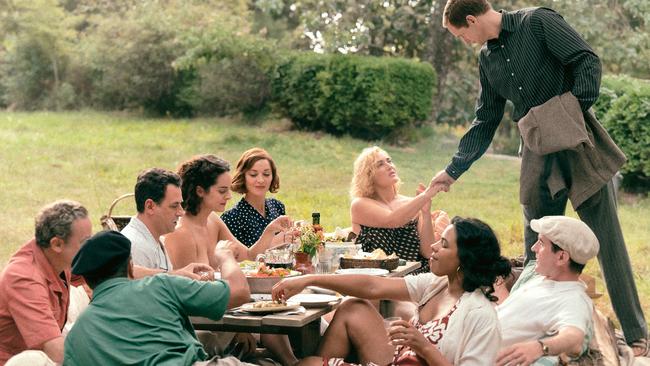
Another famous image of Miller before the war shows the photographer enjoying a carefree picnic in Mougins, France, with friends Man Ray, Ady Fidelin, Nusch and Paul Eluard. Miller is topless, with Winslet re-enacting the scene beautifully in the film. It is powerful because Miller was clearly comfortable in her own skin and Winslet delivers that perfectly.
“It was so important to show the joy and the emotional and physical freedom of that pre-war era because none of them believed it was coming, they didn’t believe it was going to happen, and they were living their free creative lives,” the actor explains.
“That was very much that time. Lee was very free with her physical self, very comfortable in her own body, which for her was also hard won and so, in playing her, it was just important that I stepped into those shoes.
“It was so important … to not define her by the male gaze but to redefine her for who she truly was on her terms. This was a woman who lived life at full throttle in spite of the fact that she paid an enormous emotional personal cost, because she did suffer huge post-traumatic stress disorder after the war like so many people did.”

Lee is no ordinary project for Winslet, who has a producing credit for the film and had been driving behind the scenes to have it made for many years. The movie had its world premiere at the Toronto International Film Festival in September last year. It was to be released soon after but the Hollywood actors strike saw it pushed back.
“I feel that this is an interesting time to be part of the film industry because, when I look around me, I see my peers doing incredible work, other phenomenal performances by women in female-driven pieces, and that is very different to how it was 30 years ago,” the mother of three says.
“There was definitely a time where there just weren’t enough parts to go around for women. It is really a fact. But now when you look at the industry, we have all of these wonderful streaming services and movies are still being made, many more movies than when I started out and did (Peter Jackson’s) Heavenly Creatures for example.
“Back in those days … there were three television channels and there were the big Star Wars-type films, and sometimes these small films would come along that may or may not get made, or may or may not see the light of day, so that has all changed considerably.
“I think we just have to keep going and that sense of bringing people with you, being positive … and sticking together … those things are very important in life.”

Winslet is a hugely decorated actor, widely regarded one of the best of her generation. The Titanic star has won numerous awards over her more than three decade career, among them an Academy Award, a Grammy Award, two Primetime Emmy Awards, five BAFTAs and five Golden Globes. She won her Oscar for The Reader in 2009 and has been nominated for seven Academy Awards.
Despite her countless successes, Winslet claimed to be no different from any other filmmaker when it comes to the difficult prospect of getting a project off the ground. That process to now took nine years.
“Making independent films about a historically significant figure is not easy to do that,” she says.
“And so, yes, it was a fight, but also I was never impatient and I was also never banging on doors and screaming at people. I was just getting the script right, really making sure we were absolutely honouring her story and also making sure that we weren’t trying to cover too much of Lee’s life because she lived such a vast life.
“Actually honing it down to that decade of her life, just before, during and immediately after the war, that was honestly the biggest challenge of all. Putting the finance together, honestly for any independent film, it is just really tricky … it is no different for someone like me. Some people want to make that film and some people don’t want to make that film, and you just keep going until you find that people that do.”
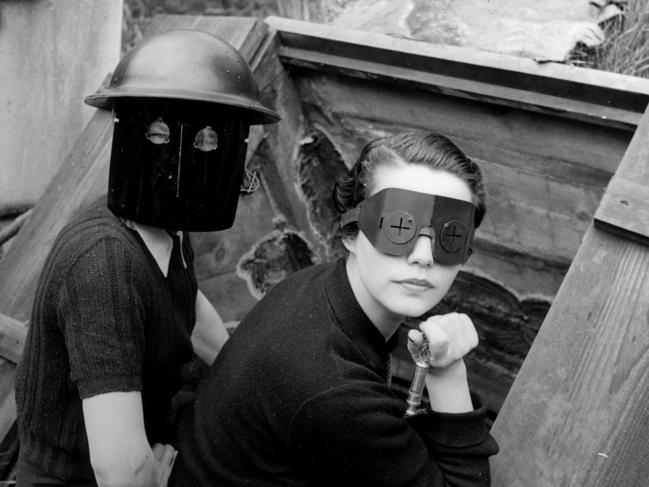
That fight, of course, plays out in Miller’s story as she pushed to make her mark where women were not allowed. Enlisting was one thing, making it to the frontline was another.
“She had to fight to get there and, even when she got there, she still had to fight to get her foot in the door. But she wouldn’t give up,” she explains.
“Lee was somebody who knew that she had already earnt her place at the table. More importantly than that, she deserved to sit right at the head of it, and why shouldn’t women have equal right to get into those male dominated spaces. She was one of the first people really doing that and I think that remains to be incredibly important, and certainly as a storyteller myself, I can say that it is hard to make film as a woman, it is hard to make films about women, but that was another part of the reason why I wanted to make this film, because if we don’t keep doing it, if we don’t keep going, then how are we going to ever move forward?”
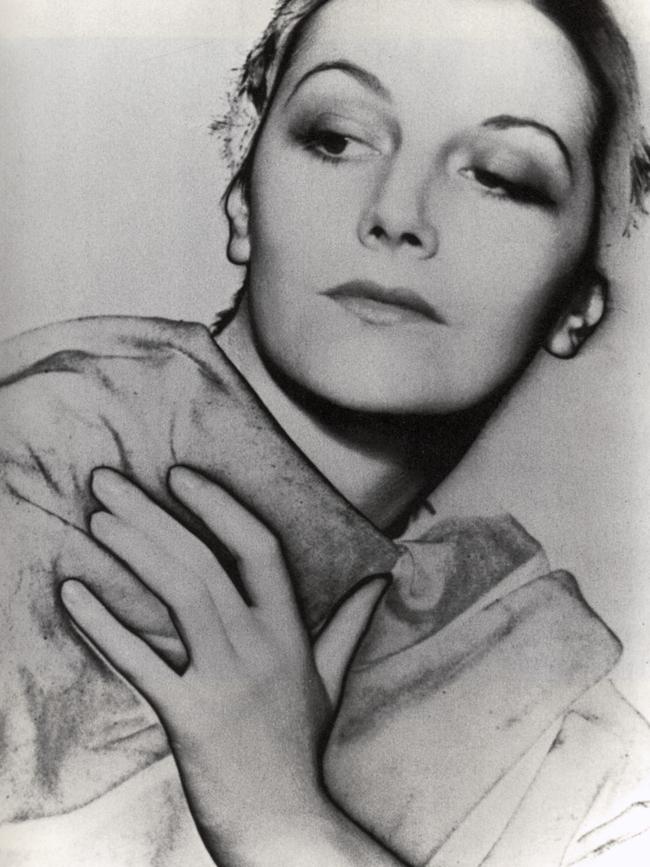
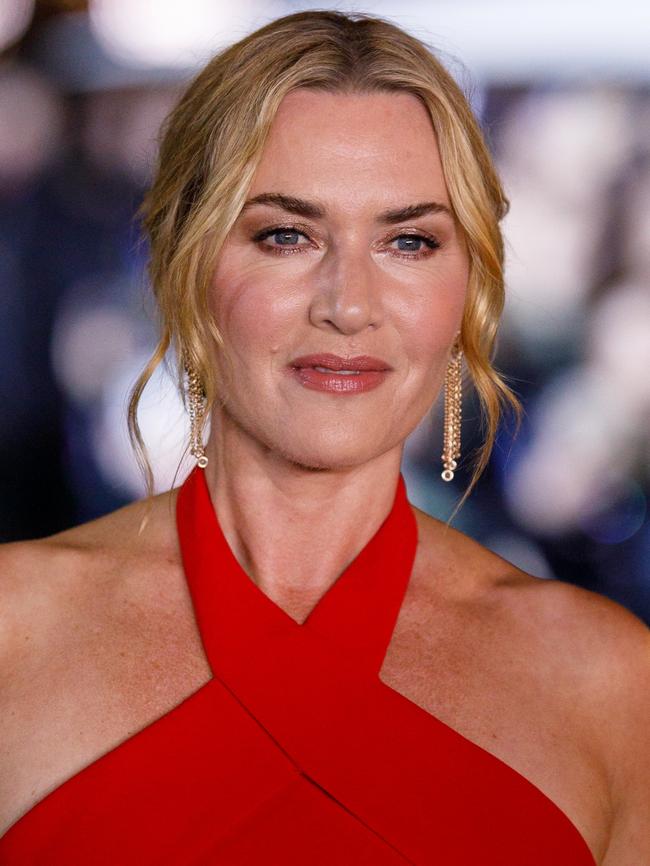
Femininity is a key theme explored in the theme. Miller matches her male rivals when told she couldn’t. She redefined womanhood at the time.
“When I think about how I live my life today, and my sisters and my girlfriends and how we are raising our daughters, femininity, less and less does it mean anything to do with how we look and that matters to me a great deal, and it certainly matters to me in my job,” she says.
“Lee was a person who walked through the world with phenomenal resilience and intention, integrity, compassion and power, and that for me is real femininity.
“That was 80 years ago so this very contemporary woman, who was doing something so remarkable for other women, she did this job, this work, in order to document the atrocities of the Nazi regime for the female readers of British Vogue.”
She continues: “She did carry this very powerful streak of injustice and I think that is what motivated her in her work as a photographer. I think that is what kept her going, that sense of bearing witness, never looking away, and doing it for other people, being that visual voice for the innocent victims of conflict was the most important thing to her, and that is why she was there.”
After Lee, Winslet turned her attention to another powerful female character, this time fictional. She plays Chancellor Elena Vernham in The Regime, about a crumbling authoritarian nation in the series that is streaming now on Binge. Again, Winslet is actor and serves as executive producer.
“Well, that was really great because I got to have a lot of fun, and that was a necessary moment after Lee Miller, going and playing a wild dictator in a satirical political drama,” she said. “It was a lot of fun.”




